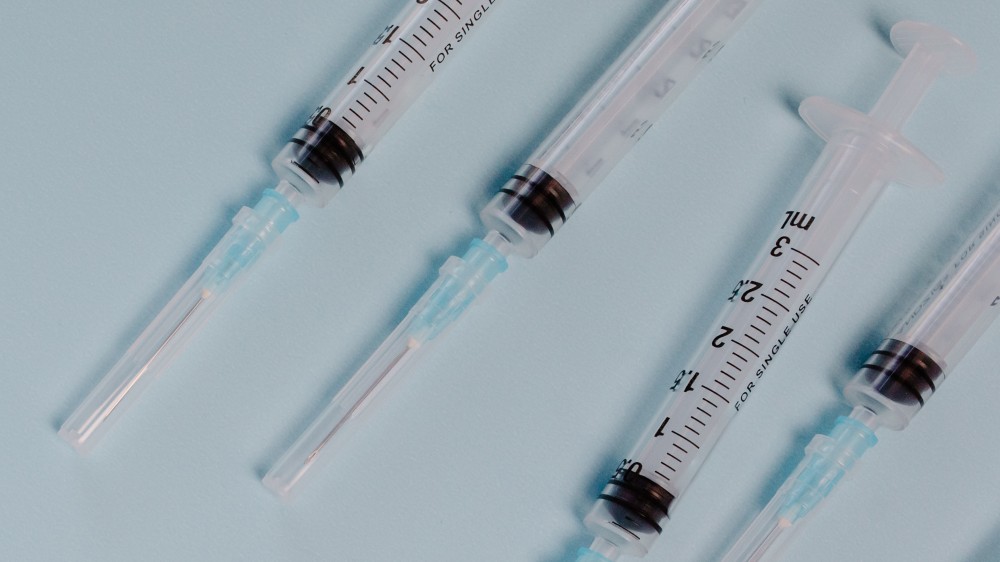Blood sampling: Rabbit
Approaches for sampling blood in the rabbit, covering non-surgical and terminal techniques.
General principles
You should read the general principles of blood sampling page before attempting any blood sampling procedure.
Marginal ear vein/artery (non-surgical)
Technique
Removal of blood from the marginal ear vein or artery is one of the most common and least invasive methods of talking blood from a rabbit. This technique can be used with all strains and for single and repeat samples. Use of the artery is normally used for larger volume samples or for arterial blood, but carries a greater risk of haematoma and bruising. An indwelling catheter can be placed into the ear vein when multiple samples are required.
Slides and video for sampling from the central ear artery are available on the Norecopa website, in addition to guidance on handling and restraint of rabbits. It can be helpful to wrap the rabbit in a large cloth to avoid inadvertent movement. The duration of restraint should always be kept to the minimum.
Rabbits should be habituated to handling and restraint; this will improve the experience of the animal and handler and will lead to obtaining a better-quality blood sample. Sedation is not essential but may be used on welfare grounds for animals that are particularly nervous and difficult to hold. If sedation is required care should be taken due to the vasodilation action of some sedatives. Where sedatives contain peripheral vasodilators, doses should be low to avoid prolonged bleeding from the puncture site.
Local anaesthetic cream (e.g. EMLA cream) can be applied to the site 30 minutes prior to blood sampling. Blood is taken from the tip of the ear, away from the base of the ear. Serial blood samples can be taken by moving towards the base of the ear on the same vein and by alternating ears. The ear should be warmed in order to dilate the vessel. This can be done by gently stroking; it should not be necessary to use a heat lamp. The hair on the dorsal surface of the ear should be clipped. Please note that hair removal by shaving with a scalpel blade is no longer recommended as it removes the epidermal layers of the skin. Aseptic technique should be used. The vein is normally occluded distally (away from the animal) before the needle is inserted.
The number of attempts to take a blood sample should be minimised (no more than three needle sticks in any one attempt). Depending on the size of the rabbit and the frequency of sampling, 0.5 - 10 ml of blood can be collected. Up to eight samples can be collected in any 24-hour period, depending on sample volume and scientific justification. Placement of an indwelling catheter should be considered when obtaining multiple samples is necessary (non-surgical, into the ear vein).
Blood flow should be stopped before the animal is returned to its cage or pen by applying finger pressure on the soft tissue placed at the blood sampling site for approximately two minutes.
Summary
| Number of samples | Up to eight samples may be taken in any 24-hour period, depending on sample volume. |
| Sample volume | Up to 0.5-10 ml, depending on the size and strain of the rabbit. |
| Equipment | 19G-23G butterfly needle, depending on the strain and size of the rabbit. |
| Staff resource | Two people: one to restrain the rabbit and the other to take the blood sample. |
| Adverse effects |
|
Resources and references
- Pekow CA (2012). Basic Experimental Methods in the Rabbit. In: The Laboratory Rabbit, Guinea Pig, Hamster, and Other Rodents (Eds. Suckow MA, Stevens KA and Wilson RP), 1st edition. Academic Press.
- Talcott MR et al. (2015). Techniques of Experimentation. In: Laboratory Animal Medicine (Eds. Anderson LC, Otto G, Pritchett-Corning KR, Whary MT), 3rd edition. Academic Press.
- Suckow MA et al. (2010). Experimental methodology. In: The laboratory rabbit (Ed. Suckow MA), 2nd edition. CRC Press.
- Parasuraman S et al. (2010). Blood sample collection in small laboratory animals. Journal of Pharmacology and Pharmacotherapeutics 1(2): 87-93. doi: 10.4103/0976-500X.72350
Cardiac puncture (terminal)
Technique
Cardiac puncture is a suitable technique to obtain a single, large, good quality sample from a euthanised rabbit or a rabbit under deep terminal anaesthesia if coagulation parameters, a separate arterial or venous sample or cardiac histology are not required. It is appropriate for all strains of rabbit.
Slides and video of this technique are available from the Norwegian Reference Centre for Laboratory Animal Science and Alternatives.
A sample of 60 - 200 ml of blood can be obtained depending on the size of the rabbit and whether the heart is beating. Blood samples are taken from the heart, preferably the ventricle, which can be accessed either via the left side of the chest, through the diaphragm, from the top of the sternum or via a thoracotomy. Blood should be withdrawn slowly to prevent the heart collapsing.
Summary
| Number of samples | One |
| Sample volume | 60-200 ml, depending on the size of the rabbit. |
| Equipment | 19-21G needle |
| Staff resource | One person is required to take the blood sample. |
Resources and references
- Suckow MA et al. (2010). Experimental methodology. In: The laboratory rabbit (Ed. Suckow MA), 2nd edition. CRC Press.
- Pekow CA (2012). Basic Experimental Methods in the Rabbit. In: The Laboratory Rabbit, Guinea Pig, Hamster, and Other Rodents (Eds. Suckow MA, Stevens KA and Wilson RP), 1st edition. Academic Press.
- Parasuraman S et al. (2010). Blood sample collection in small laboratory animals. Journal of Pharmacology and Pharmacotherapeutics 1(2): 87-93. doi: 10.4103/0976-500X.72350
You should read the general principles of blood sampling page before attempting any blood sampling procedure.

